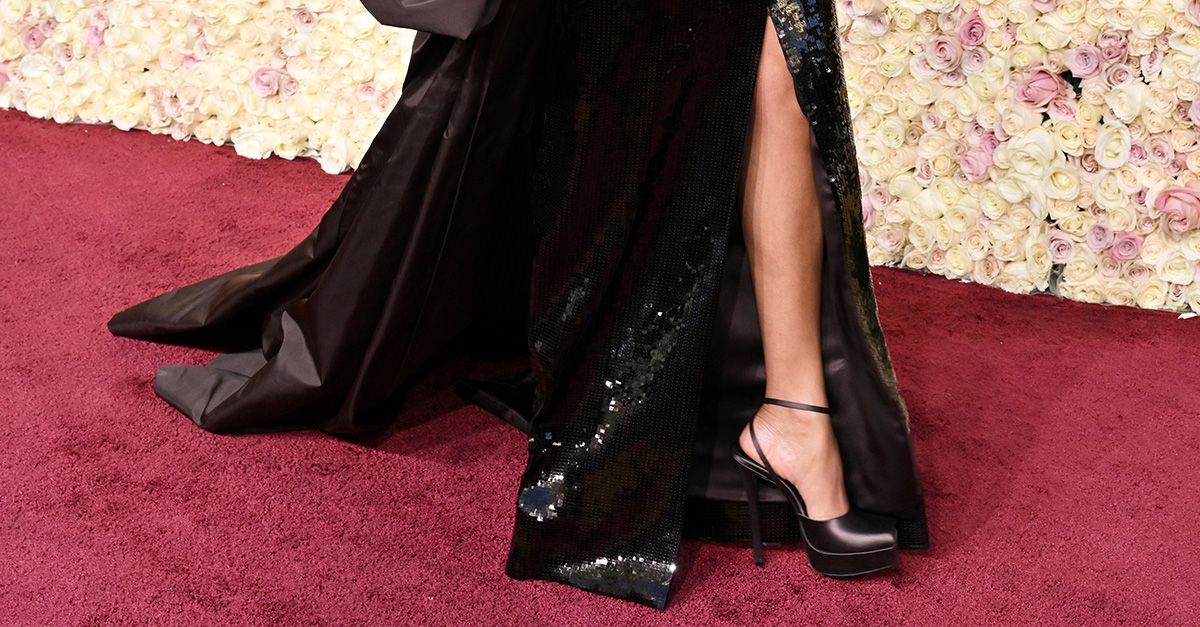This link between permanent hair dye and breast cancer risk in Black women has been shown in other studies, too. It’s unclear what may be driving these racial and ethnic differences, says Dr Nada Elbuluk, an associate professor of dermatology at the Keck School of Medicine at the University of Southern California.
One possibility is that other hair products popular among Black women, such as chemical hair straighteners, relaxers and leave-in oils, may also play a role. But more research is needed.
Different types of dye
According to Goldberg, study findings may be mixed because the chemical combinations used in hair dyes can vary considerably between products, and they’ve evolved over the years. This makes it impossible to generalise about all hair dyes.
Unlike pharmaceuticals, White says, hair products are not strictly regulated. Manufacturers don’t need to prove that their products are safe before sale, and because their formulations are often proprietary, it can be difficult to know what’s in them.
However, one finding has been fairly consistent. Temporary and semi-permanent hair dyes, which wash out over time, seem to be safer than permanent dyes, which cause lasting chemical changes in the hair shaft.
It’s challenging to know which specific chemicals could be driving the increases in cancer risk, White says. But research suggests that aromatic amines and phenols, found in permanent hair dyes, have carcinogenic effects.
Safer strategies
Since no studies have proved that hair dye itself causes cancer, Elbuluk says, it’s up to you to decide if you want to continue your colouring routine, given any other potential risk factors you may have.
If you want to play it safe, consider these strategies:
Color your hair less frequently
Though it’s not definitive that the more you colour your hair, the greater your breast cancer risk, “a good precautionary principle is to lower your frequency of use,” White says.
Avoid permanent hair dye during pregnancy
It’s not certain that carcinogenic chemicals in hair dye may increase a developing fetus’s risk for cancer long term, but there is evidence that the chemicals may increase the chances of developmental problems. So it’s best for pregnant women to avoid using hair dye “at least for the first trimester,” Goldberg says.
Follow colouring instructions carefully
When dyeing at home, wear protective gloves, apply the dye in a well-ventilated room, don’t leave it on your head for longer than the instructions indicate and rinse your scalp thoroughly when you’re done. This should help minimise your absorption of chemicals and lower the risk of skin irritation.
Try dyes with gentler ingredients
Unlike permanent hair dyes, semi-permanent and temporary dyes contain chemicals that are less harsh and don’t penetrate the hair shaft. Safer yet: try a plant-based dye, such as henna, Goldberg says. Although these dyes don’t have the staying power of permanent dyes, they do not appear to be linked to cancer and are less likely than chemical dyes to irritate the skin.
The New York Times
Make the most of your health, relationships, fitness and nutrition with our Live Well newsletter. Get it in your inbox every Monday.







